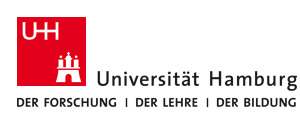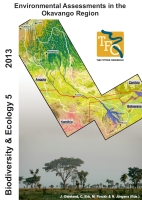
|

Department of Biology Institute of Plant Science and Microbiology |
| Division BEE > Biodiversity & Ecology > Vol.5 > Article 56 |
Biodiversity & Ecology
Journal of the Division Biodiversity, Evolution and Ecology of Plants , Institute for Plant Science and Microbiology, University of Hamburg.
Research Article Open Access Livelihood diversification in a rural community of the Okavango Delta, Botswana. - Results from a Socio-Economic Baseline Survey Keywords: Expenditure; household economies; income; livelihood strategies; modernity; sustainability; social stratification; socio-economic baseline survey; vulnerability
Título: A diversificação dos meios de subsistência em uma comunidade rural do delta do Okavango, Botsuana - Resultados de estudo de base sócio-econômica Palavras-chave: Despesas; economias domésticas; estratificação social; estratégias de subsistência; estudo de base sócio-econômica; modernidade; renda; sustentabilidade; vulnerabilidade Resumo: Devido a uma mistura especial de fatores influenciadores e condições básicas, as estratégias de subsistência na aldeia de Seronga são altamente diversificadas. A localização remota de Seronga no extremo norte do delta do Okavango afasta a população dos centros urbanos e da modernidade. Portanto, a produção agrÃcola e a criação de gado continuam a ser a principal base de subsistência para a maioria da população. Ao mesmo tempo, as diversas conexões para as cidades maiores, a presença do turismo e a crescente integração do mercado abrem caminho para essa lacuna, transformando desejos, aspirações e reivindicações. Consequentemente, a necessidade de adaptar as estratégias de subsistência para a geração de renda emerge. Neste trabalho combinamos métodos qualitativos e novos dados quantitativos do estudo de base sócio-econômica (SEBS) do "The Future Okavango" (TFO) para realçar a composição das estratégias de subsistência na comunidade de Seronga. Usando o âquadro de subsistencia sustentávelâ chamamos a atenção para as tendências de transformação, a estratificação sócio-econômica das estratégias de subsistência e as diferenças resultantes da vulnerabilidade e sustentabilidade para as famÃlias de Seronga.
Suggested citation: |
